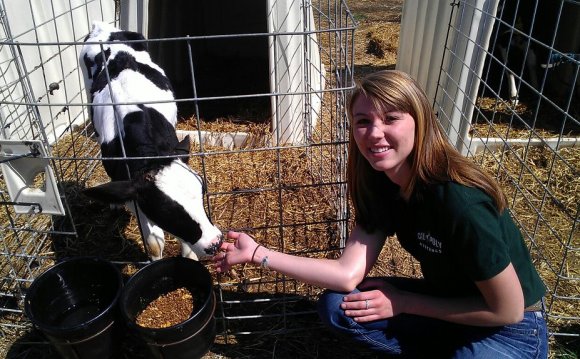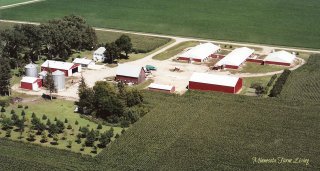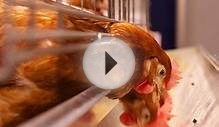
 Factory Farms.
Factory Farms.
If there is one term I am most frustrated with hearing people say, it is Factory Farms. Why? You may find this a little crazy coming from a hog farmer, but I really don’t know what they are.
What was that? Did you just read what you thought you read?
Yes, I struggle with what a factory farm is.
And the ironic part of this statement is I actually live in the Minnesota county that markets the largest numbers of hogs in the state. In fact, we are also ranked nationally in regards to hogs marketed. So how utterly ridiculous does it sound when I say I don’t know what a factory farm is?
It’s because my vision of a “factory farm” is not what I see. I envision a factory farm as a place with numerous long, cold, colorless steel buildings whose only goal is to produce as many animals as possible, as fast as possible with the least amount of money and care needed. I think of an uncaring, industrialized operation owned and run by “big money” corporations. An operation that has little to no contact between the animals and people. And this is the same image companies like Chipotle, Whole Foods, and Trader Joes and animal rights activist groups like HSUS want you to envision also when you hear the word “factory farm.”
But . . .
Instead of seeing factory farms, I see . . .
FARMS. Just farms.
Yes, we have lots of hog farms in rural Minnesota, especially in my county. And who manages and owns these farms? Is it Big Ag? Is it money hungry corporations?
No. These farms are owned by my neighbors, my friends, fellow church members, parents of my children’s friends and people in my community. People and their families run the farms, NOT Big Ag. Yes, farms have changed over the years. But for the most part, we no longer have “big red barn farms.” Even though our farms look different, our values have not changed.
We share the same values as our parents, grandparents and great grandparents. We care for our animals daily. It matters and affects us if our animals are sick or injured. Today’s farmers work with a team to assist them in giving the best animal care. Who’s on this team? Usually a veterinarian, an animal nutritionist and other consultants. The purpose of this team? Simple really–to raise healthy animals.

Yes, our animals are housed inside barns, which may look to some as a factory farm. Our hogs are raised in barns because we can take better care of them. The animals no longer have to deal with the extreme effects of weather such as the brutal cold, hot and humid temperatures, snow, rain, blizzards, sun burns, etc. Nor do we have to fear predators hurting our hogs. And with today’s hog genetics, our animals have a much lower fat content and cannot tolerate all the weather conditions. And, yes, we use technology in our barns to improve efficiencies, such as automatic temperature and air controls and automatic feeders. A strict vaccination program developed by veterinarians is also followed. These efficiencies result in better care and a healthier animal.
Why do people insist on using the word factory farm? Factory farm is a term used to evoke emotion, or rather, lack of emotion. It’s a term used by those who oppose modern farming and want farmers to go back “to the good old days” of farming. The problem with “the good old days” is they really weren’t that “good” in regards to animal care. People tend to only think about animals enjoying warm, beautiful summer days of 70 degrees under a shade tree. They don’t think about the days immediately following a blizzard that left 20 inches of snow with -40 degree temperatures and a 30-40 mph wind, which caused the hog waterer to freeze and buried the hog feeder in snow. Or the other extreme of 100 degree days with 70% dew points where hogs are sunburned and miserable from the heat because they can’t sweat to help them cool off. In both cases, pigs die and it’s all about survival for the rest. Efficiencies and sustainability are the last thing on any farmer’s mind during these times. Today’s so-called “factory farms” eliminate many of these deaths and problems.
RELATED VIDEO












